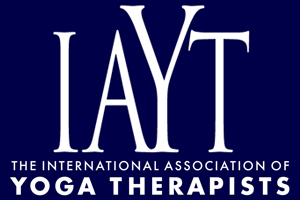Measuring The Effect Of An Eight-Week Adaptive Yoga Program On The Physical And Psychological Status Of Individuals With Parkinson's Disease. A Pilot Study
Parkinson's disease (PD) is a neurodegenerative disease that affects muscle tone, strength, flexibility, motor control, psychological outlook, cognition, and function. Exercise has been found to improve physical ability and psychological outlook, but the effect of yoga on individuals with PD has not been well researched. The purposes of this study were to identify outcome measures that were responsive to change in individuals with PD after an 8-week adaptive yoga program and to determine appropriate sample sizes for future studies. In a repeated measures design, 10 participants with a Hoehn and Yahr stage of 2 or 3 were tested prior to and after an 8-week control phase and again after they underwent an 8-week adaptive yoga program. Analysis of variance (ANOVA) tests revealed differences in time of measure that approached significance for the depression subscale of the Hospital Anxiety and Depression Scale (HADS) (p = 0.008) and the 30-Second Chair Stand (TSCS) (p = 0.013). The interaction between time of measure and gender approached significance for the Sit-and-Reach Test (SRT) (p = 0.08 and 0.03, right and left respectively), with male participants improving in sit-and-reach flexibility compared with female participants after intervention. The interaction between time of measure and age approached significance for the Single-Leg Balance test (SLB) (p = 0.007), with younger participants improving in SLB time after intervention. Power calculations found that a sample size ranging from 33 to 153 would be required to achieve significance at the 0.01 level in the various outcome measures in a future study of this design. The depression subscale of the HADS, the TSCS, the SLB, and the right and left SRT were the measures that changed following the yoga intervention and are recommended as outcome measures in future studies investigating the effectiveness of yoga for individuals with PD. This preliminary study supports further investigation of adaptive yoga using a randomized design and a larger sample size of individuals with PD.
